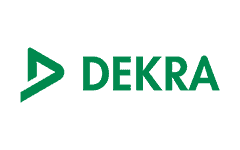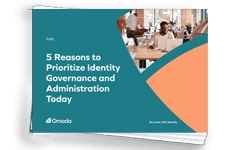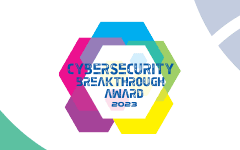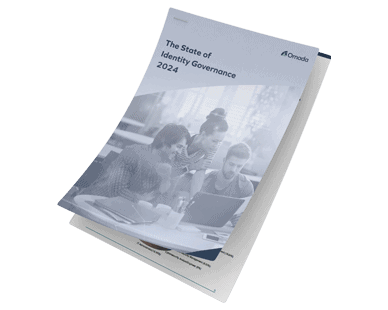The convergence of digital transformation and the hybrid workforce has introduced substantial complexities into identity and access management procedures. If your organization still uses a legacy system or isn’t applying a defined process framework to a modern IGA, you may not be able to manage identities and permissions securely when facing emerging compliance requirements and cybersecurity threats.
To ascertain the typical organization’s readiness to meet current identity-related cybersecurity challenges, we conducted a comprehensive survey involving 567 enterprises with more than 1,000 employees to produce the State of Identity Governance 2024 report. We learned what identity governance and administration (IGA) tools organizations currently use, where they deploy them, and what functionality they look for when evaluating an IGA solution. We identified the most common IGA solution deficiencies with which organizations contend and what features they look for when trying to overcome them.
Key findings in the report:
- Why more IT and business leaders are deeply concerned about identity-related cybersecurity threats than their identity, access and compliance managers
- How widespread over-permissioning of user accounts affects IT managers’ worries about specific security threats
- Why organizations believe that effective security hygiene is not sufficient to mitigate identity-related risks
- How embracing a scalable SaaS-based model for identity security analytics and automation impacts organizations’ fears about costly breaches
- What key features organizations are looking for in IGA systems to meet current and future compliance and security requirements
- Why more organizations prefer a connected ecosystem of best-in-breed IAM solutions over a “one size fits all” platform play
Armed with this information, you can:
- Benchmark your organization’s IGA capabilities to determine critical insufficiencies
- Prioritize the features and intelligence your organization must have to modernize your IGA system
- Use industry data to demonstrate to internal stakeholders the need to modernize IGA and how best to do it























